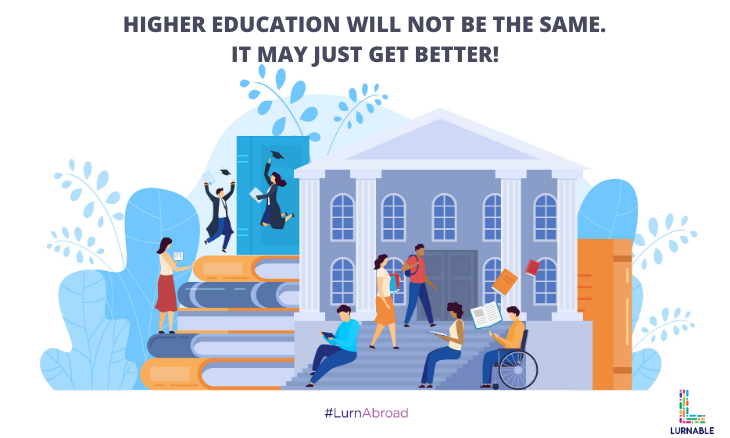Higher education institutions across the globe are facing several short-term issues right now. There are massive budget cuts to deal with, while students are showing a growing reluctance to reimburse full tuition fees for online teaching. The large-scale deferral of admissions by international students is another major challenge amid the travel restrictions and economic downturn.
Daunting as things may seem, university leaders need not focus only on fighting fires and forget the bigger picture. Seeing the silver lining is essential as the current crisis brings opportunities to restructure higher education and make it better than ever. Right now, it is time for them to create a strategic framework that guides them to consider their options, experiment with alternatives, and plan for the new normal.
Seeing opportunity in adversity
If there is one factor that can drive survival and revival in a crisis, it is the ability to see opportunity in adversity. That’s exactly what universities and international students need to do at this point. Scratching beneath the surface will show that there is much to be positive and hopeful about.
- Even before the outbreak of the pandemic, the skyrocketing cost of higher education was making things tough for students. The crisis has opened the world to more affordable and more accessible educational options, where the cost of the stay in a foreign country has been eliminated from the system.
- With the maturity of next-gen digital technologies such as cloud computing, mobile, Augmented Reality, and Virtual Reality, online education is more immersive and personalised than ever. Moreover, the cost is significantly lower than that of conventional education, specifically for study abroad aspirants.
- The forced experiment with online education in the pandemic era has curbed the psychological resistance to change among students, parents, faculty, and university leaders to a considerable extent.
As the Covid-19 crisis accelerates the urgency for change, global university leaders need to realign and position themselves for the greatest impact in the future. It would require them to utilize the current experience with the online learning experiment for testing for framing future higher education models. They have three options to choose amongst.
Residential Model: With this model, the students will be required to reside in college campuses, obviously with adequate safety and social distancing measures in place. They get exposure to experience-based learning, joint problem-solving, open-ended discussions, and conflict management in classrooms, all of which have obvious benefits. However, cost and barriers to travel may hinder this model’s large-scale adoption in the coming times.
Fully Online Model: Online college degrees are not something new, and the pandemic has made them all the more popular as an option for distance learning. With this model, international students can stay back home and even work while attending college online. While fully online education can bring immense cost savings for students, it means extensive technology investment for universities as they would have to orchestrate an ecosystem that offers high quality learning at low cost.
Hybrid Model: When it comes to the future of international higher education, the hybrid model is going to be the key. The current experiment with online education is providing real-time data to the universities about the aspects of courses that can be substituted, the ones can be augmented, and also the ones that cannot be covered by the digital medium. The insights can be valuable for creating a winning mix between the residential and online models.
The pandemic has come as a rude shock for the education industry, but university leadership has responded to it incredibly well by migrating quickly to digital platforms. Things are all set to get better in the future as they make the best of the opportunity for building on the momentum and offering higher education as a customizable and affordable option for the vast majority of students, both local and overseas.









